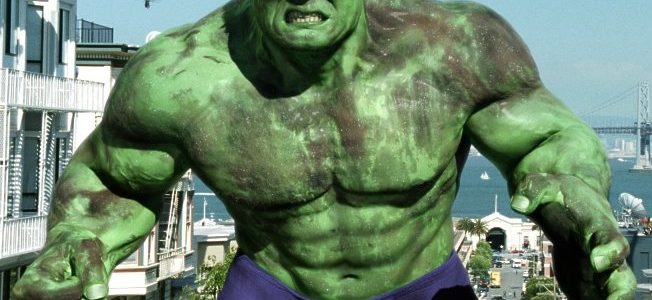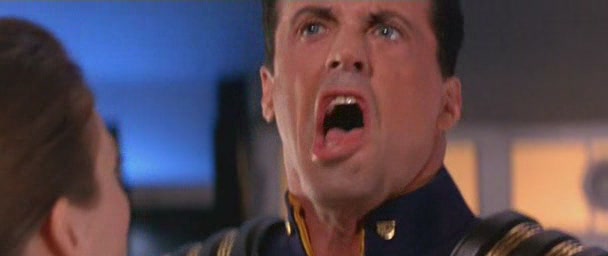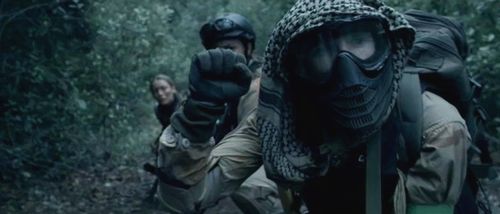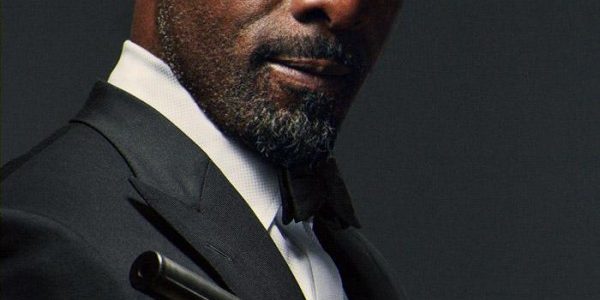BREAKING NEWS!!! Microsoft has reversed its position on used games and online requirements!!! This is somewhat surprising, but it’s good to know that they actually listened to complaints. I’m still a Sony fanboy for life, but I’m glad to see that the console war won’t be a curb-stomping.
Welcome back to part two of the Resident Evil retrospective! In this entry we’re going to cover the second movie in the franchise, Resident Evil: Apocalypse! Before I get into the meat of this retrospective, I just want to clarify something: I may not have left this impression when I was writing about the first Resident Evil, but I actually don’t fawn over Milla Jovovich by any means. I mean, she’s certainly good looking but she’s not an actress who I find myself particularly drawn to. That said, I know that there are a lot of people who would respectfully disagree with that opinion (and by respectfully disagree I mean screaming “WTF!?!? ARE YOU GAY!!?!!?” at me). Anyway, the first Resident Evil had been a minor financial success and ended with a cliffhanger setting up a sequel. While Resident Evil wasn’t a particularly great film, Resident Evil 2 was considered the best video game in the series at the time (Resident Evil 4 wouldn’t be released until the next year). The destruction of Racoon City is one of the most famous storylines in video gaming, being visited in two separate canonical Resident Evil games and revisited in at least a half dozen spin-offs. To stack the deck even further in the movie’s favour, it was going to use one of the greatest enemies in the franchise’s history – the Nemesis from Resident Evil 3. With an attempt to go back to the storylines from the games, a more interesting setting and zombies gaining traction in the media, could Resident Evil: Apocalypse become a success? To find out, you’ll have to read on…
Just after completing Resident Evil, Paul W.S. Anderson began working on a sequel. However, Anderson chose not to direct this sequel – instead, his script for Alien vs. Predator was green lit and he was chosen to direct that movie. While Anderson stayed on as producer and screenwriter, Alexander Witt took over the reins of Resident Evil: Apocalypse. Similarly to David R. Ellis and Steven Quale from my Final Destination retrospective series, Alexander Witt had been in film for a number of years as a camera operator and second unit director on a number of major films, but Apocalypse was his first (and thus far only) directing gig. Perhaps realizing that the original Resident Evil hadn’t lived up to the potential, more elements of the video game stories were worked into Apocalypse so that it would be more than just Resident Evil in name only. Interestingly enough, the movie was filmed in Toronto during the SARS outbreak, adding a bit of currency to the film’s premise.
Resident Evil: Apocalypse features an almost-entirely new cast of characters… which is appropriate, considering that basically everyone got killed off by the end of the first movie. The heroine is once again Alice (Milla Jovovich), who is no longer a passive bystander and occasional ass-kicker when the plot calls for it. In this entry, Alice is infected with the T-virus as an Umbrella experiment. Conveniently, this gives her super powers instead of turning her into a zombie. Apparently the whole zombie thing is an unfortunate side-effect, although none of this is really elaborated on in the movie (I had to check the Resident Evil Wiki to find that one out). The only other character who is technically returning is Matt Addison, although he is played by a different actor (and by “played” I mean that his dissected body is portrayed by someone else) and he is mutated beyond recognition into Nemesis… so yeah, basically just Alice then.
The new characters are a mixed bag. On one end of the scale, we have the characters from the video games: Jill Valentine (Sienna Guillory) and Carlos Olivera (Oded Fehr), both of whom are central to the action. Unfortunately, both are flatly characterized, trying to come across as “badasses” in basically everything they do. Carlos’ introduction is incredibly goofy as he bungie jumps out of a helicopter firing dual-wielded pistols, each round successfully headshotting a zombie. Conceptually it’s rather badass, but it just comes across as cartoony in action. An even worse offender of this is Jill Valentine:
As you can see, they transcribed her Resident Evil 3: Nemesis costume almost perfectly. However, this suffers the same adaptation problem as the original Judge Dredd did in the costume department – it just looks goofy. Jill Valentine is supposed to be a special forces agent, why the hell would she be dressed in a miniskirt and tube top? To hammer things home, Jill’s fight scenes were hampered because Sienna Guillory had difficulty moving in her costume. Could they not have picked something a little more practical… like, I dunno, her costume from the first Resident Evil? Unfortunately that’s not where the troubles end for Jill Valentine, because she suffers the same cartoonish, over-the-top treatment that Carlos is saddled with. In her introduction, she literally walks into a crowded police station and kills zombies (who, at this point, are still thought to be human). To make matters even more over-the-top, she shoots a guy’s handcuffs off. Furthermore, I felt that Sienna Guillory might have put in the worst performance of the major characters. This may not be so much her fault though, since she’s given nothing to work with on a script-level. The treatment of the video game characters makes them feel more like action movie caricatures rather than real people and really makes it difficult for us to have any real bond with them.
On the other end of the scale are the expendable and/or useless characters (of which there are many). Some are basically just transparent plot devices (Dr. Ashford and Angie Ashford), some are there just to die (the entire S.T.A.R.S. team and Umbrella special forces) and then some serve absolutely no purpose whatsoever (Terri and LJ). Terri and LJ are so useless that I have to rant about them to hammer home the point. Terri is supposed to be a professional reporter (who apparently uses a cheap camcorder for her job) who follows Jill Valentine around until she dies. She literally does nothing of importance but run around and then get eaten by zombie children. LJ’s even worse, being nothing more than an annoying, generically “pimpin'” black side-kick. Do you remember the secondary black guy in Event Horizon who suddenly turns into comic relief and helps destroy the third act of the movie? LJ and that guy must have attended the same school of gangsta slang. LJ just shows up in scenes and screams or makes really stupid gangsta quips which just distract from the plot. He’s thrown in here as comic relief, but all he really does is make you want to punch Paul W.S. Anderson in the face for writing such a useless character.
Moving onto the plot, the movie picks up right after the first Resident Evil ended. Umbrella goes into The Hive and stupidly allows all the zombies to escape. Soon after, Racoon City is overrun with zombies and quarantined by Umbrella. Meanwhile, Alice, Jill and company have to rescue the daughter of a high-level Umbrella employee if they want to escape the city before it’s sanitized. Finally, taking advantage of the chaos, Umbrella decides to test their Nemesis bioweapon against Alice in order to determine which program shows the most potential. As you can probably see already, the story is once again very thinly drawn (which is a shame because a movie set in the background of the Racoon City outbreak has ample opportunities for a great story). Plot contrivances absolutely abound. Why the hell would Umbrella open up The Hive when they know there are T-virus zombies loose inside? How lucky is it that Alice finds a fully-loaded shotgun less than 10 seconds after escaping the hospital (more lucky than the video games, I’ll tell you that much)? How does Alice know about what the Nemesis program is, considering that she was unconscious when it was enacted, and she didn’t link it to Matt Addison until later? How does Umbrella get away with dropping a nuclear weapon on Racoon City, especially considering that they let a bunch of people escape the city (and therefore spread the news about the zombie apocalypse)? How can Jill and Carlos pretend to be Umbrella Agents when there’s a televised national manhunt for the pair? Finally, why the hell do they get Alice and Nemesis to fight each other… with their fists!?! Do they plan on sending them into combat unarmed? And how would this really determine which of the two is “better”?
Obviously the story has more holes than Swiss cheese, but unfortunately I feel that Alexander Witt botched things from a directing standpoint as well. Being his first solo directing effort, I get the feeling that Witt overcompensated and ended up using directorial techniques in a really mish-mash sort of way. For example, half of the time the zombies are on screen, Witt films them at a low FPS setting, making their movements extremely jarring. Maybe Witt was going for extra terror or something, but it just comes across looking awful and overused. It’s techniques like these which make Resident Evil: Apocalypse look more like an amateur effort. I may give Paul W.S. Anderson a lot of shit, but I’ll admit that he can at least shoot a film and make it look like a very professional production. I think Witt’s inexperience also extends to making Racoon City feel like, well, a city. With very few exceptions, the streets of the city are completely empty unless the main characters are getting attacked by zombies, which is odd considering the whole zombie apocalypse thing.
The treatment of Nemesis is another major issue with this film. On the one hand, I’m glad that they went with an almost-entirely practical costume to portray him, since it looks far better than the CGI models used in the first film (although the CGI has noticeably improve significantly in Apocalypse). Unfortunately, this is a bit of a double-edged sword. Nemesis is supposed to be terrifyingly swift – I’ve played Resident Evil 3: Nemesis, and I nearly shit my pants when I saw how fast he was coming after me. However, the Nemesis costume they used is extremely bulky and makes movement very difficult. Nemesis is visibly bumbling about awkwardly and trying to slowly catch up to Alice despite the stiffness of the costume. Basically, Nemesis is turned into a big, slow enemy who’s easy to avoid… which is particularly bad for an enemy who’s major feature is chasing people. Even worse, Paul W.S. Anderson decides to turn Nemesis into an anti-hero near the end. If you remember AVP, that makes two Paul W.S. Anderson movies released in the same year where the big, strong villain gets turned into an anti-hero side-kick. This was really just a big middle finger to people who pissed themselves playing Resident Evil 3 and were expecting Nemesis to replicate at least a tiny fraction of those feelings.
However, there is one positive to Resident Evil: Apocalypse, and that’s the action sequences. Some of them are quite epic, especially Alice’s intro in which she drives a motorcycle through a church and shotguns Lickers to death. Owing to his experience as a second unit director, Alexander Witt is quite accomplished at filming an action sequence, and the film is generally at its best in these moments. If that’s all it takes to please you then you’ll find stuff to like in Resident Evil: Apocalypse, but if you’re looking for a decent story or characters then you’re going to be severely let down. Hell, even Paul W.S. Anderson thought this film sucked. How bad do you have to get for that to happen!?
3/10
Be sure to come back soon for part three of this retrospective, Resident Evil: Extinction!

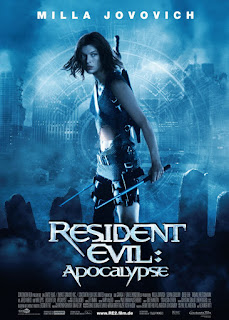

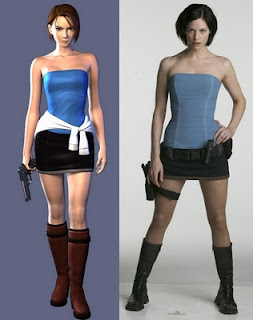

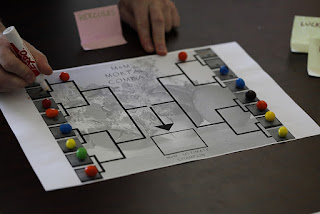

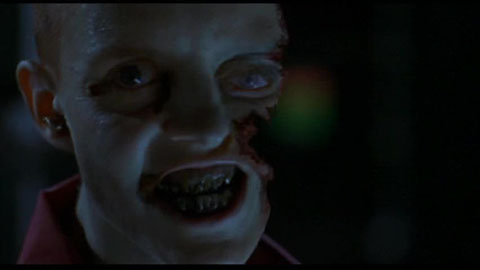







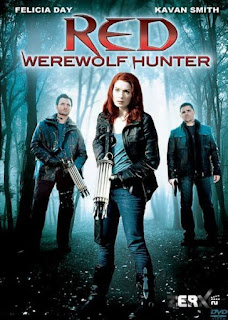


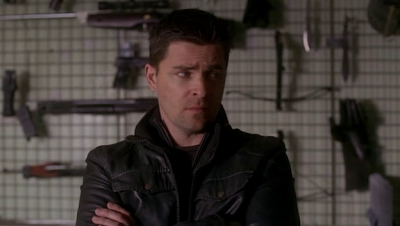




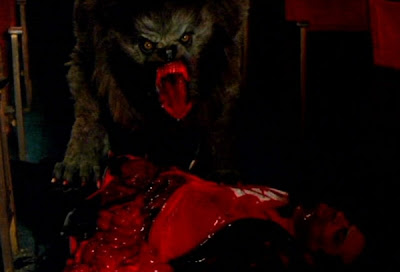
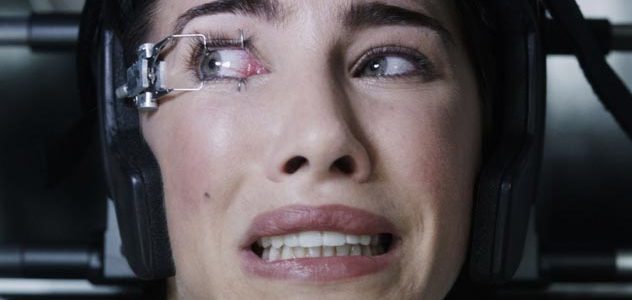





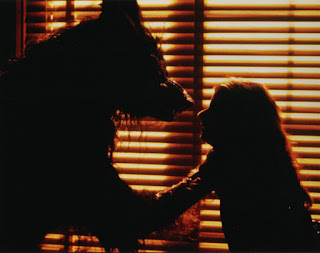




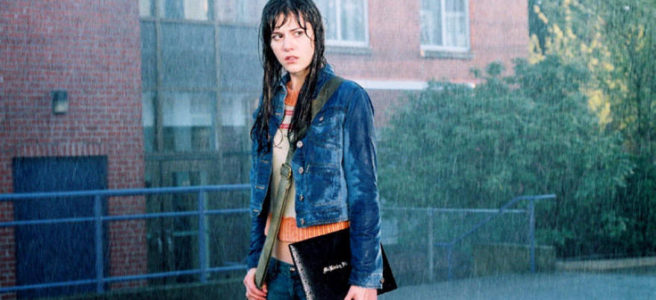
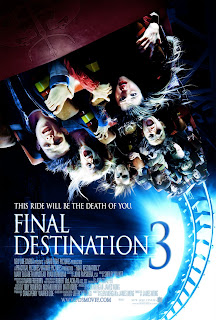


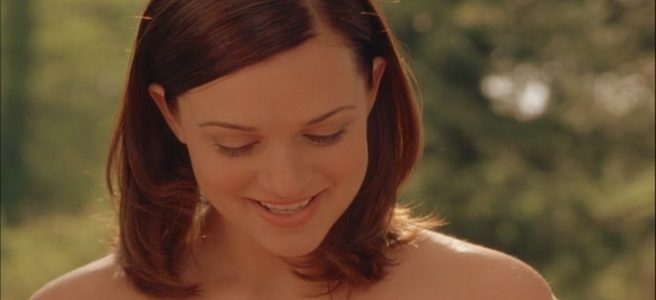
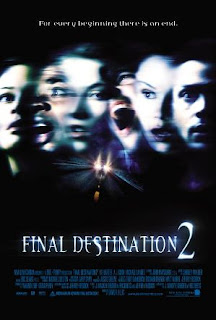
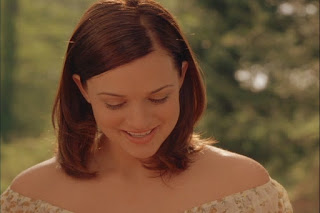

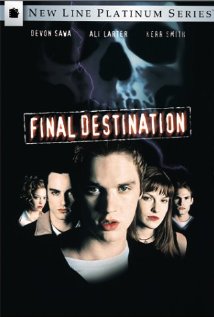

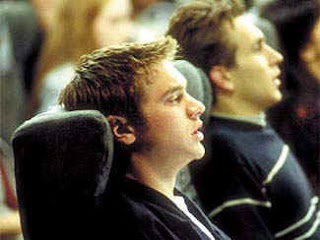

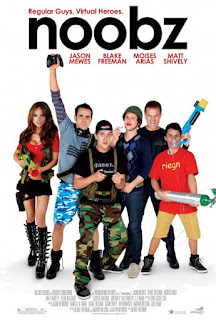.jpg)



